All You Need To Know About Picosecond Or Pico Laser
Laser technology has progressed to the point that laser pulsation at a frequency of one pulse every trillionth of a second is now possible. This pico second frequency from which the name is derived represents the forefront of laser technology. These pulsations are so fast that they create energy in the form of sound rather than heat. This has implications for dermatology and the removal of melasma lesions: the absence of heat bypasses the issue of thermal damage, a side effect of more traditional Q-switched laser treatment.
Procedures done with the use of Pico laser have fast become one of the most sought after aesthetic treatments. Patients who have issues with skin pigmentation for different skin types, often ask for the fastest and most effective treatments to help get rid of unwanted dark spots and pigments on their face that make their skin look uneven. In this in-depth article, we will share with you all you need to know about the Picosecond or Pico laser, as its more commonly called.
Table of Contents
- No Time to Read? Here’s a Snappy Summary of This Article
- 1. What is a Picosecond laser?
- 2. How does the Pico Laser work?
- 3. What’s the Difference between Picosecond and Nanosecond laser?
- 4. Does the Pico Laser Treatment Hurt?
- 5. Is there any downtime with Pico Laser?
- 6. Can Pico Laser Get Rid of Acne Scars?
- 7. Is Pico Laser Suitable for Skin Rejuvenation?
- 8. Will Pico Laser Tattoo Removal Work for Me?
- 9. Should Pico Laser be Combined with Other Treatments?
- 10. Why is the Pulse Speed of the Pico Laser so Important?
- 11. Am I Suitable to Pico Laser?
- Meanwhile, Check Out Tropika Club’s Ecosystem of Websites
No Time to Read? Here’s a Snappy Summary of This Article
- What is a Picosecond laser?: A Picosecond laser is a laser technology that can pulsate at a frequency of one pulse every trillionth of a second, creating energy in the form of sound rather than heat.
- How does the Pico Laser work?: The Pico Laser works by firing laser beams with extremely short pulse durations at your skin, delivering more laser energy and allowing more shots to be fired in each second.
- What’s the Difference between Picosecond and Nanosecond laser?: The main difference between Picosecond and Nanosecond lasers is the pulse duration, with Picosecond lasers having ultra-short pulse durations that allow for more energy delivery and faster treatment.
- Does the Pico Laser Treatment Hurt?: The Pico Laser treatment may cause some discomfort, but it is generally well-tolerated by most patients.
- Is there any downtime with Pico Laser?: There may be some downtime associated with Pico Laser treatment, depending on the individual and the area being treated.
- Can Pico Laser Get Rid of Acne Scars?: Yes, Pico Laser can be effective in reducing the appearance of acne scars.
- Is Pico Laser Suitable for Skin Rejuvenation?: Yes, Pico Laser can be used for skin rejuvenation and can help improve skin texture and tone.
- Will Pico Laser Tattoo Removal Work for Me?: Pico Laser can be effective in removing tattoos, but results may vary depending on factors such as the size, location, and color of the tattoo.
- Should Pico Laser be Combined with Other Treatments?: Pico Laser can be combined with other treatments for enhanced results, but it is important to consult with a qualified practitioner to determine the best treatment plan for your individual needs.
- Why is the Pulse Speed of the Pico Laser so Important?: The ultra-short pulse duration of the Pico Laser allows for more energy delivery and faster treatment, making it more effective than traditional lasers.
- Am I Suitable to Pico Laser?: Suitability for Pico Laser treatment varies depending on individual factors such as skin type and condition. It is important to consult with a qualified practitioner to determine if you are a good candidate for treatment.
1. What is a Picosecond laser?
Laser technology has progressed to the point that laser pulsation at a frequency of one pulse every trillionth of a second is now actually possible. This picosecond frequency from which the name is derived represents the forefront of laser technology. These pulsations are so rapid that they create energy in the form of sound (yes sound!) rather than heat. This has implications for dermatology and the removal of melasma lesions: the absence of heat bypasses the issue of thermal damage, a side effect of more traditional Q-switched laser treatment.
The development and improvement of Picosecond lasers still continue through the years following the advancements in aesthetic research. In reality, each pico laser (on its own) may be credited to different technologies. This is due to the fact that the manufacturing of such lasers do not only come from one location.
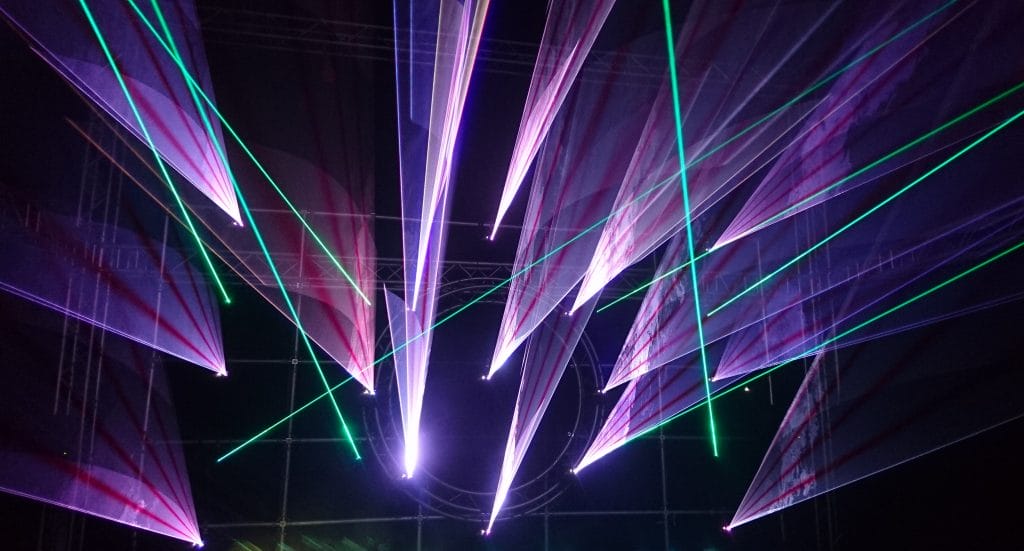
2. How does the Pico Laser work?
The Picosecond laser works by firing laser beams with extremely short pulse durations at your skin. Because of its ultra-short pulse duration, picosecond laser pulses do allow each shot to deliver more laser energy and ensure that more shots can be fired in each second. Pico laser can be likened to an upgrade of the Q-switched lasers. Q-switched lasers despite their efficacy was limited by problems such as burns, blisters, hyper-pigmentation, especially in more complex cases requiring higher powered treatment. Pico laser treatment is ideal for all skin types and skin tones.
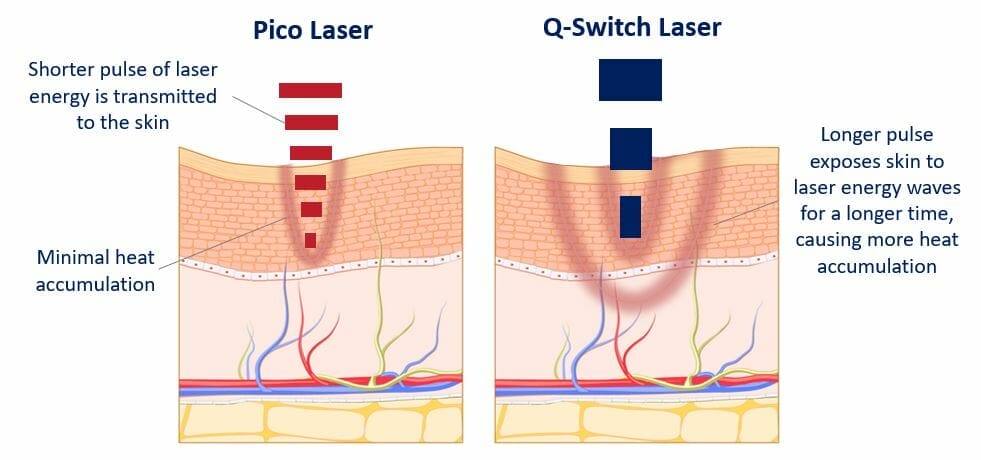
3. What’s the Difference between Picosecond and Nanosecond laser?
So what’s the difference between the picosecond lasers and the nanosecond lasers? 1 nanosecond is a billionth of a second, or 1/1,000,000,000 or 10-9s Typical pulse durations of nanosecond lasers are between 5 nanoseconds to 30 nanoseconds. 1 picosecond is a trillionth of a second, or 1/1,000,000,000,000 or 10-12s Typical pulse durations of picosecond lasers are between 375 picoseconds to 750 picoseconds. Therefore a typical picosecond laser’s pulse duration is 100 x shorter than that of a nanosecond machine.

4. Does the Pico Laser Treatment Hurt?
Most patients find the discomfort involved with Pico laser treatments to be mild and tolerable without anaesthesia or numbing. However, if you are nervous or sensitive to pain, you should ask for a topical numbing agent to be applied prior to the treatment. This can reduce unpleasant sensations and make the treatment more comfortable. Pico laser treatment is naturally non-invasive – meaning, there is no surgery needed. Therefore, patients can expect minimal downtime.
Most patients compare the sensation of Pico laser to that of small rubber bands flicking the skin but the discomfort can be greater for tattoo removal because of the larger area of ink pigment. Most patients say it’s more uncomfortable than being tattooed. Your doctor can apply numbing cream if you’re sensitive to pain.
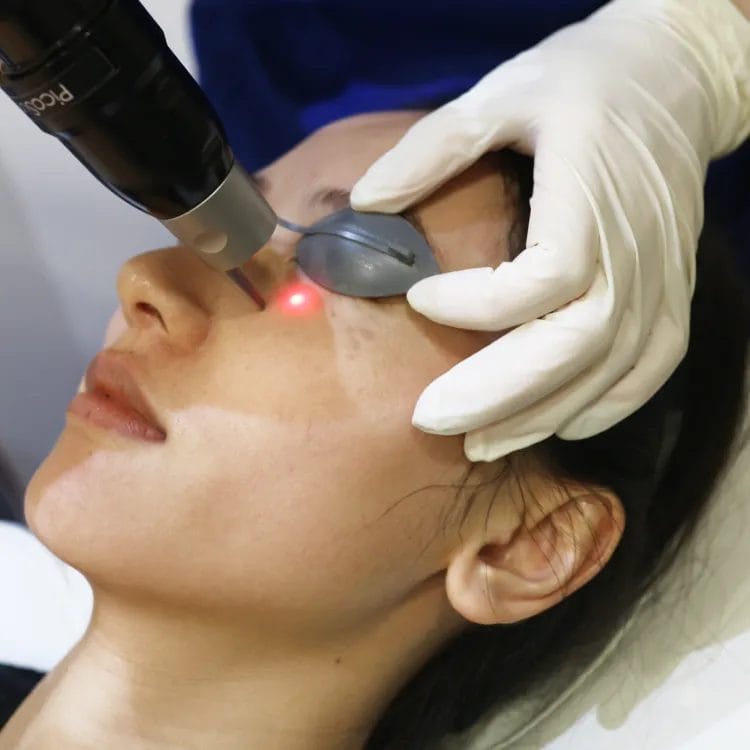
5. Is there any downtime with Pico Laser?
Some patients report minimal side effects like dry skin and mild hyperpigmentation after every pico laser session. The good thing is these disappear in a couple of days.
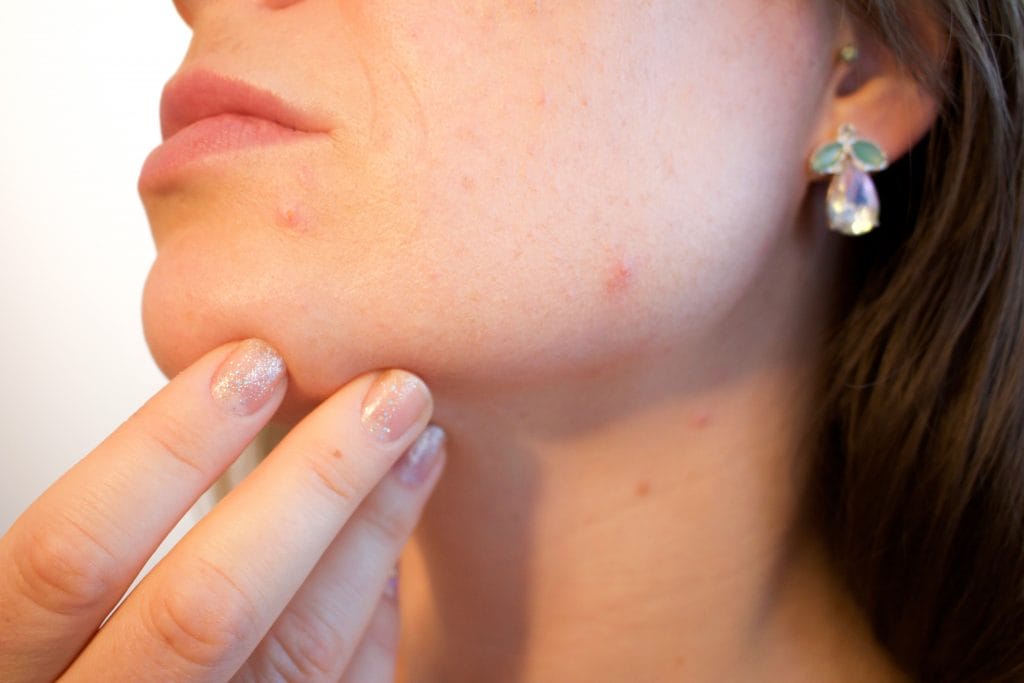
6. Can Pico Laser Get Rid of Acne Scars?
As with any cosmetic treatment, the goal is improvement, not perfection. Although Pico lasers can produce dramatic reduction in acne scarring, it may not be able to erase all scarring entirely. Patients should have realistic expectations, and realise that results vary from person to person. With that said, many patients have regained their confidence and self-esteem.
Pico Toning differs from other lasers in that a PicoLaser is a pigment laser that is able to fire picosecond, or one-trillionth of a second, laser beams. These short pulses are able to shatter the pigment ink in your skin, allowing it to lift and be removed by your body’s immune system naturally. Picosecond lasers utilize shorter, precise picosecond pulses which means that surrounding tissues won’t be damaged by heat from each laser beam.
A 2015 study on treating acne scars with the Pico laser reported that, after six treatments, patients were satisfied to extremely satisfied with the improvement in appearance and texture at their final treatment and follow-up visits. According to researchers, the results are similar to those for a series of fractional ablative laser treatments.
Improvement to acne scarring is typically permanent. Anti-ageing and rejuvenating effects are long lasting, but patients age at different rates and lifestyle can have a big impact on the longevity of pico laser treatment results. After the initial round of treatments, many patients undergo touch-up treatments every six months to maintain results.
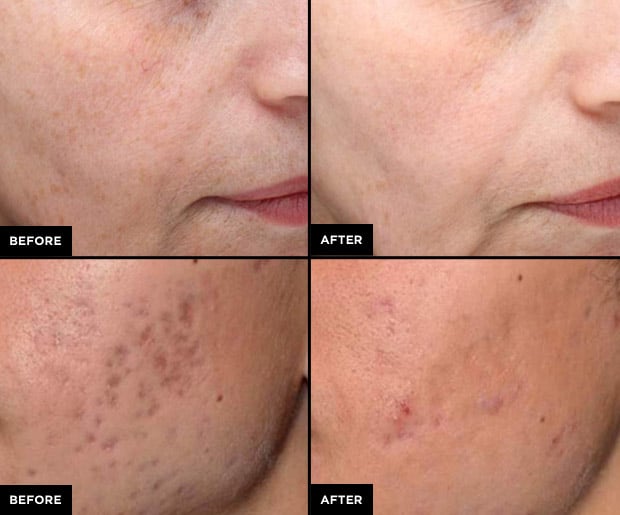
7. Is Pico Laser Suitable for Skin Rejuvenation?
The Pico laser is one of the most advanced lasers available for skin rejuvenation to date. Instead of using a constant beam of intense heat, Pico laser uses short bursts of energy, which minimises damage to the skin overall while targeting problem areas of the skin. The treatment can be used to treat a wide variety of skin issues, including freckles and brown pigmentation, acne scars, and wrinkling.
The energy focused into the top layer of the skin can break up pigment that has settled, but also can encourage the reproduction of collagen in the lower layers of the skin. The end result of a pico toning laser treatment is a reduction of surface skin problems like pigmentation as well as improvement in texture, tone, and acne scarring. Patients also see a reduction in wrinkles due to collagen production.

Read Also: Top 10 Eye Shadow for the Singapore Climate
8. Will Pico Laser Tattoo Removal Work for Me?
Picosecond laser can be used to treat any skin colour and any colour tattoo more efficiently in less time and significantly less discomfort than traditional tattoo removal methods. Although certain ink colours are a bit more challenging and may require more treatments, the Pico Laser still requires fewer treatments overall, resulting in fewer complications and side effects.
A typical treatment lasts 10 to 30 minutes, depending on the size of the tattoo, the ink colors, and the intensity of the pigment. The area can be anesthetized with injected lidocaine or a topical numbing cream. Once you’re numb, you’ll be given protective eyewear. Your provider will place the applicator unit against your skin and then move it across the treatment area as it delivers quick bursts of energy.
The risk of scarring is less than 5% and is usually limited to a portion of the treated area. Local and systemic allergic reactions to the ink are possible, with red ink being the usual culprit. Side-effects of laser tattoo removal using the Q-switched laser are usually transient and include pigmentary and textural changes. Hyperpigmentation is usually mild and transient and can be treated with topical bleaching creams. Hypopigmentation is also usually transient, but de-pigmentation occurs in about 1% of cases, often permanent. Skin irritation may last a week or so. Your skin tone will improve over progressive treatments.

9. Should Pico Laser be Combined with Other Treatments?
It depends on what your goals are. Pico laser is an extremely versatile laser treatment that can be used to treat a range of skin problems. However, if you have some goals the procedure can’t address, you may want to combine treatments for comprehensive results. This is something you should discuss during your consultation with the doctor or specialist.
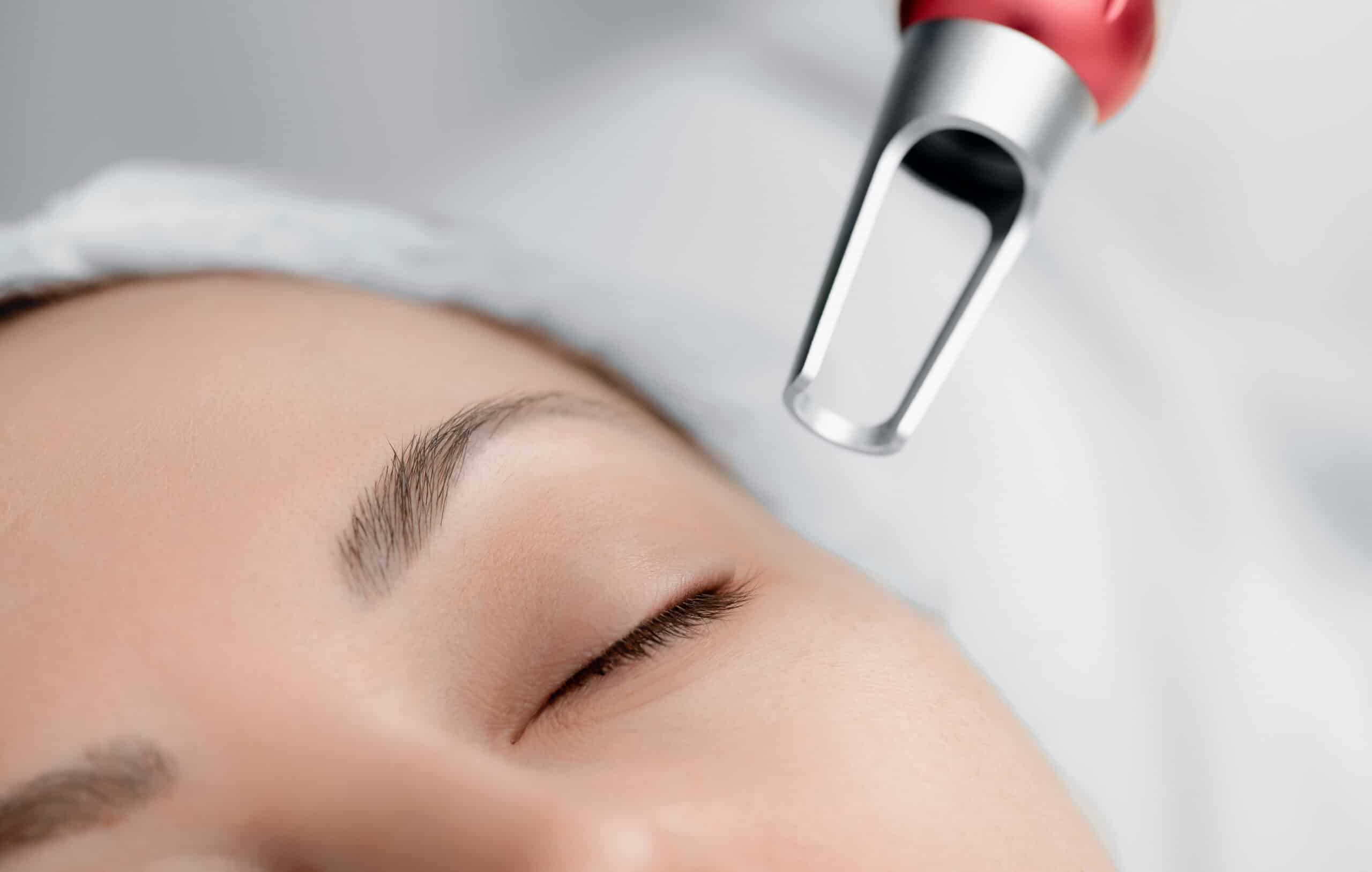
10. Why is the Pulse Speed of the Pico Laser so Important?
With Laser Tattoo removal, we need the pulse to be super lightning fast. In fact, the faster the pulse the better the desired result. By delivering the energy in such a short pulse, such as with Nano, or even faster with Pico, this allows the ink molecule to shatter without harming the surrounding skin. Due to this speed, a Photo-Acoustic Effect is created not a heat generated effect, further destroying the ink particles and keeping the skin and hair follicles intact without any nasty effects of heat. If we think of the Acoustic part of the Photo-Acoustic Effect as being like thunder, the Picosecond laser makes more thunder and this thunder helps smash the ink particles. The greater the Acoustic effect, the smaller the ink particles, the easier it is for the body to remove the ink, the better the overall result.
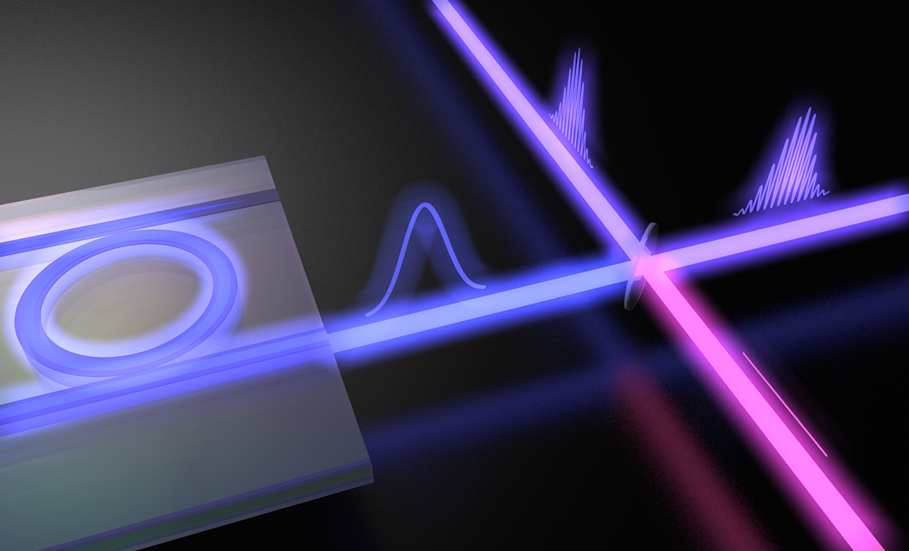
11. Am I Suitable to Pico Laser?
The best candidate is a person in good general health who wants to remove pigmentation spots or a tattoo that has already healed (about six months from the tattoo date). Your tattoo can be any colour and size.
Pico laser treatment isn’t recommended for some people. Discuss other options with your dermatologist if you:
- Are hypersensitive to infrared wavelength light,
- taking medication that increases sensitivity to sunlight/UV rays,
- or have seizures triggered by light
- Have an autoimmune disorder, including lupus or type 1 diabetes (type 2 may be acceptable, if it’s well controlled)
- Currently take or have taken oral isotretinoin (commonly known as Accutane) within the past six months
- Have melanoma, an active infection (such as herpes), psoriasis, or eczema in the area being treated
- Are pregnant or breastfeeding; there’s no research to suggest laser tattoo removal may affect your or your baby’s health, but it’s wise to not risk it
- Have a tan; most practitioners recommend avoiding the sun or tanning (even using self-tanning creams) on the area for about four weeks prior to treatment
- Have a history of keloid scarring
- Additional precautions that may not exclude you from treatment but will be taken into consideration include taking blood thinners (anticoagulants can interfere with healing) and having a pacemaker or defibrillator.
- If the tattoo you want to remove is right over or within six inches of a medical device, it can’t be lasered.
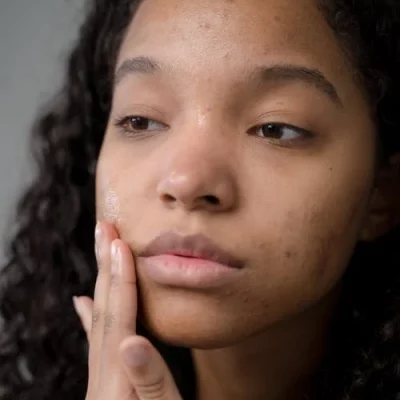
Conclusion
- The Picosecond or Pico laser is a cutting-edge laser technology that can pulsate at a frequency of one pulse every trillionth of a second, creating energy in the form of sound rather than heat.
- This technology has significant implications for dermatology and the removal of melasma lesions, as the absence of heat bypasses the issue of thermal damage, a side effect of more traditional Q-switched laser treatment.
- Pico laser treatments have fast become one of the most sought-after aesthetic treatments for patients with skin pigmentation issues, offering fast and effective results for getting rid of unwanted dark spots and pigments on the face.
- This in-depth article provides all you need to know about the Picosecond or Pico laser, including how it works, its benefits, and its suitability for various skin concerns.
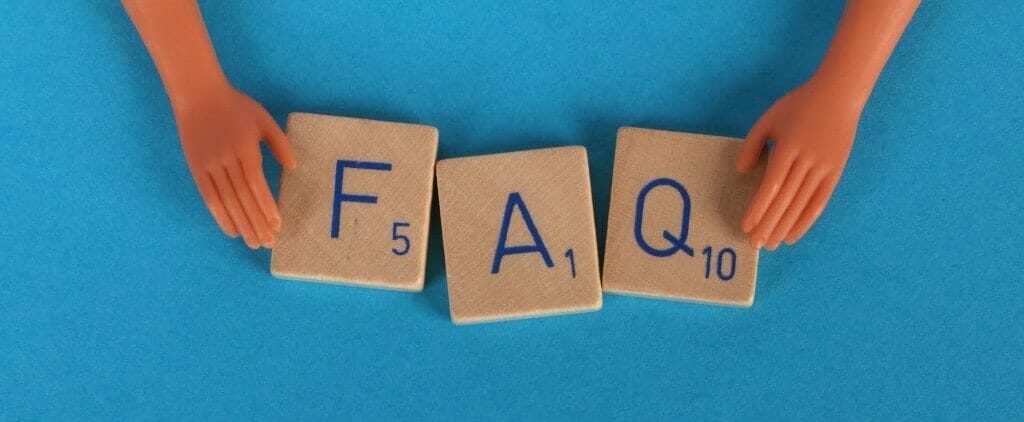
Frequently Asked Questions (FAQ)
Q: What is a Picosecond laser?:
A: A Picosecond laser is a laser technology that can pulsate at a frequency of one pulse every trillionth of a second, creating energy in the form of sound rather than heat.
Q: How does the Pico Laser work?:
A: The Pico Laser works by firing laser beams with extremely short pulse durations at your skin, delivering more laser energy and allowing more shots to be fired in each second.
Q: What are the benefits of Pico Laser treatment?:
A: Pico Laser treatment can be effective in reducing the appearance of acne scars, improving skin texture and tone, and removing tattoos. It is also faster and more effective than traditional lasers due to its ultra-short pulse duration.
Q: Is there any downtime with Pico Laser treatment?:
A: There may be some downtime associated with Pico Laser treatment, depending on the individual and the area being treated.

Have an Article to Suggest?
Tropika Club is always looking for new and exciting content to feature in their magazine and they value the input of our readers. If you have any noteworthy content or articles that you believe would be a great addition to Tropika Club’s magazine, we are open to suggestions and encourage you to reach out to us via email at [email protected]. By doing so, Tropika Club values your expertise and knowledge in the matter and appreciates your willingness to help. We will review your recommendations and update our list accordingly
Meanwhile, Check Out Tropika Club’s Ecosystem of Websites

Tropika Club Magazine – Tropika Club Magazine is a Singapore-based publication that features articles on a wide range of topics with a focus on local businesses and content for the region. The magazine emphasizes supporting local businesses through its #SupportLocal initiative, which includes coverage of everything from neighborhood hawker stalls to aesthetic clinics in town. In addition to highlighting local businesses, Tropika Club Magazine also covers a variety of local content, including beauty, lifestyle, places, eats, and what’s on in Singapore and the Asia Pacific region.
Tropika Club Deals – Tropika Club Deals is a leading online deals and voucher shopping site in Singapore, offering amazing discounts on beauty, wellness, and fitness products and services. It’s the perfect platform for customers who want to discover the best deals without having to commit to a specific appointment date and time. These deals are available at major beauty stores, facial salons, hair salons, and other brands in Singapore, with no minimum spend required. Choose from guaranteed discounted deals in the categories of hairstyling, hair removal, facial & aesthetics, body slimming, brows & lashes, nails & makeup, massage & spa or fitness & wellness. Tropika Club Deals is also ideal for customers who want to buy vouchers as gifts or to use for the future. So whether you’re looking to save money on your next haircut or want to treat yourself to a relaxing massage, Tropika Club Deals has got you covered with the best voucher and coupon deals in Singapore!




